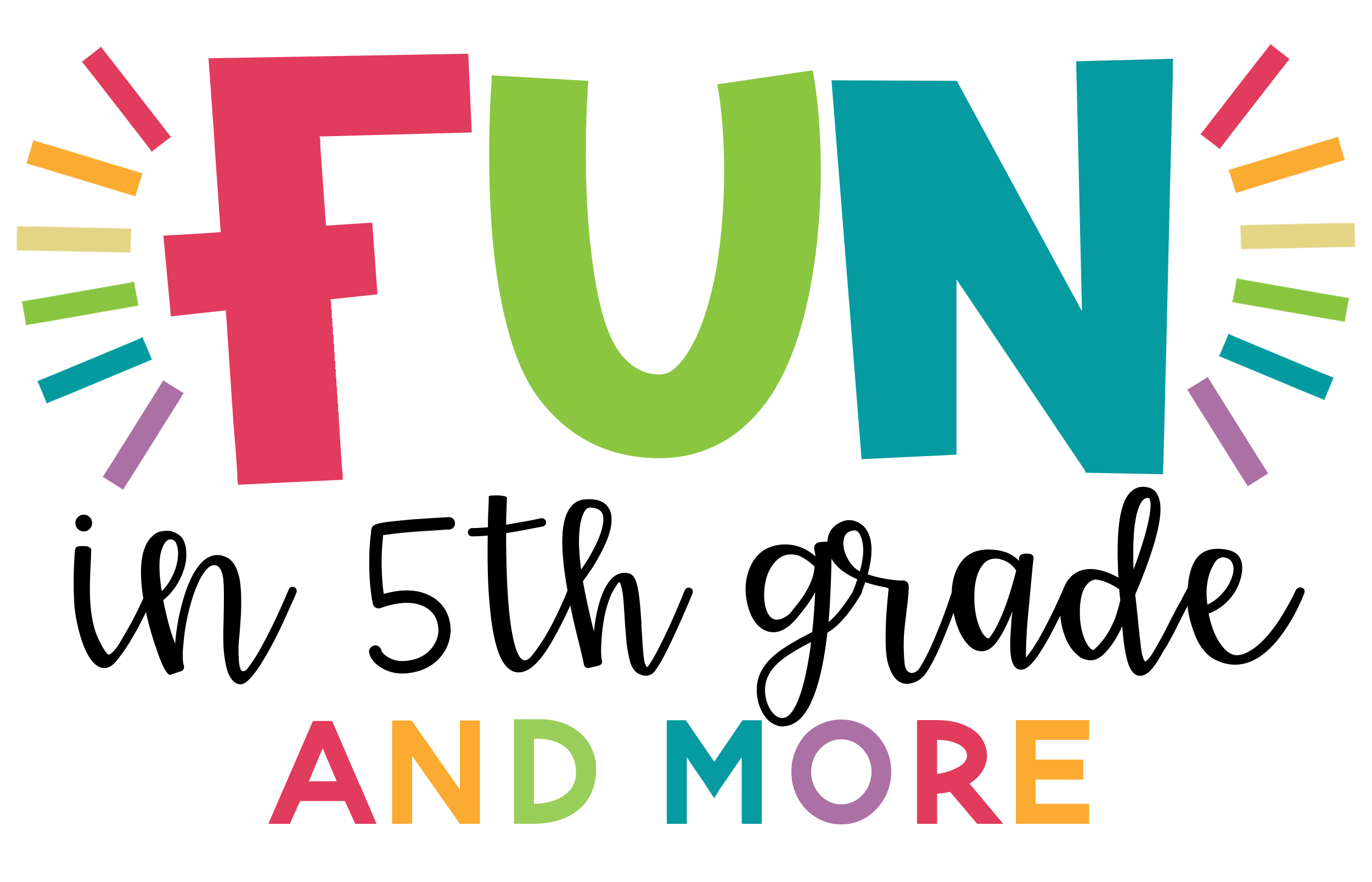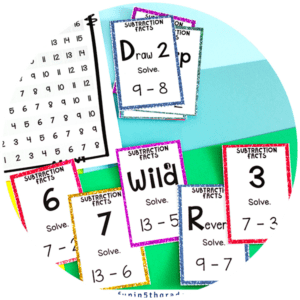The beginning of the school year is the best time of the year to establish your classroom community and classroom procedures. If you are anything like me, I liked to use the summers to plan and prepare and dream about what my classroom would look like and feel like in the year to come. I planned every detail of those first days. What the student desks would look like, where supplies would be homed, what lessons I planned to teach, and what values I wanted to focus on.
Since the last year did not end the way we all expected, I have realized that classroom values may look a little different this year. When schools shut down, teachers had to become flexible and resourceful. Your problem-solving skills skyrocketed as you all found a way to get through the most challenging end to a school year that any of us has ever experienced.
This fall provides an opportunity for students to continue on this trend of problem-solving, thinking creatively, and being resourceful. This year, you can show them how much you value those skills on day 1 while introducing classroom procedures.
The Distant Past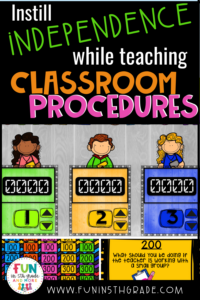
A long, long time ago, in a school not too far from here. I stood in front of my students on the first day of school and carefully walked through each of my classroom procedures. I didn’t realize right away that I would need to teach ALL the procedures, but as all good teachers know…we do. We carefully discuss the scenarios students may find themselves in. As students present their concerns, we explain every nuanced situation and possible, if not highly unlikely, a variation of every scenario in detail. It didn’t take long for me to realize that direct instruction may provide all the information needed on these first days of school, but standing up in front of the class all day does not necessarily buy real estate in my student’s long-term memory.
That is when I began focusing on making my instruction of the classroom procedures more interesting through the use of games.
The Last Couple Years
In my last couple of years in the classroom, instruction of classroom dos and don’ts became much more interesting as I brainstormed, attacked the game closet, and created not just one or two ways to gamify learning classroom procedures but seven!
If you want to learn more about these seven classroom procedure games, check out my blog post: “7 Classroom Procedures Games that Students Will Love”.
New for This Year: A Focus on Independence
This year, classroom procedures could look the same, but maybe the method needs yet another update. Maybe this is the year you don’t actually teach the procedures at all. This could be the year students discover the classroom procedures through investigation and curiosity.
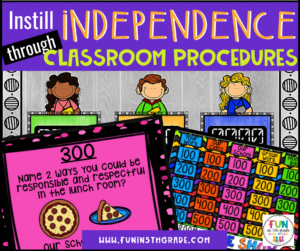
In the spirit of teaching students to be more independent and resourceful, I know those values need to be incorporated into classes in the first days of school. So, instead of standing up in front of students and talking through your expectations, give students a chance to investigate, brainstorm, and discover the classroom procedures on their own first.
We’ve all encountered that moment when we talk in length about where to find extra pencils in the classroom, only for the conversation to be interrupted by the student who needs to write this down but didn’t bring a pencil and can’t find one in the place you just talked about at length. Part of building resourcefulness in kids is providing them with the tools for problem-solving in these and other similar situations.
One way to encourage students to spend some time discovering the room and the signs and signals that grace its walls is to provide them with the questions for the games in advance and have them try to figure out the classroom procedures themselves.
The Process
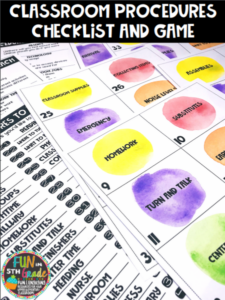
Just like when playing the Classroom Procedures Game Show, you’ll want to divide the students into up to 6 teams. Once the teams are formed, each team will get a list of questions or “clues” to use in their investigation. You can prepare questions for this activity quickly by printing off the questions to the Classroom Procedures Game Show, or you can download the free resource, the Classroom Procedures Checklist and Game in this post. Now, you can get as creative as you want with this. The clues could be provided to the teams all at once, or they could be hidden around the room, or the teams could “earn” clues/questions through another game or activity.
Each team will try to guess or deduce the classroom procedure by using the evidence found in the classroom. The students may discover that if they need to use the bathroom, they must raise their hands while holding up one finger. How did they learn this? They noticed the sign by the door, or it was written on a list by the teacher’s desk. Once the group figures out this procedure, they write it down, or they send their runner to the teacher, who will either confirm or deny their guess. On and on they go.
For classroom procedures to be strong and regularly practiced, they should not be a mystery to students. This activity will help you quickly know if there are signage issues in your classroom or if one of your procedures is wishy-washy.
Once the teams have had the time to investigate and discuss the procedures, it is time to pull out the Classroom Procedures Game Show slides and test their knowledge with this full class game! While playing the game, the teacher can clarify any issues with the students’ understanding of the procedures.
Using a process like this rather than standing in front of the room and directly instructing puts the procedures into the hands of the students. Rather than you being the one to dictate the procedures, students are getting to discover the classroom procedures and then show off their new skills in a gamified way.
Remember, I’ve got 6 other game ideas for practicing classroom procedures listed in this post as well that include:
- Headbandz
- Tic Tac Toe
- Bowling
- Chutes and Ladders
- Trouble
- Jenga
How are you planning to introduce classroom procedures this year? Let me know in the comments!
